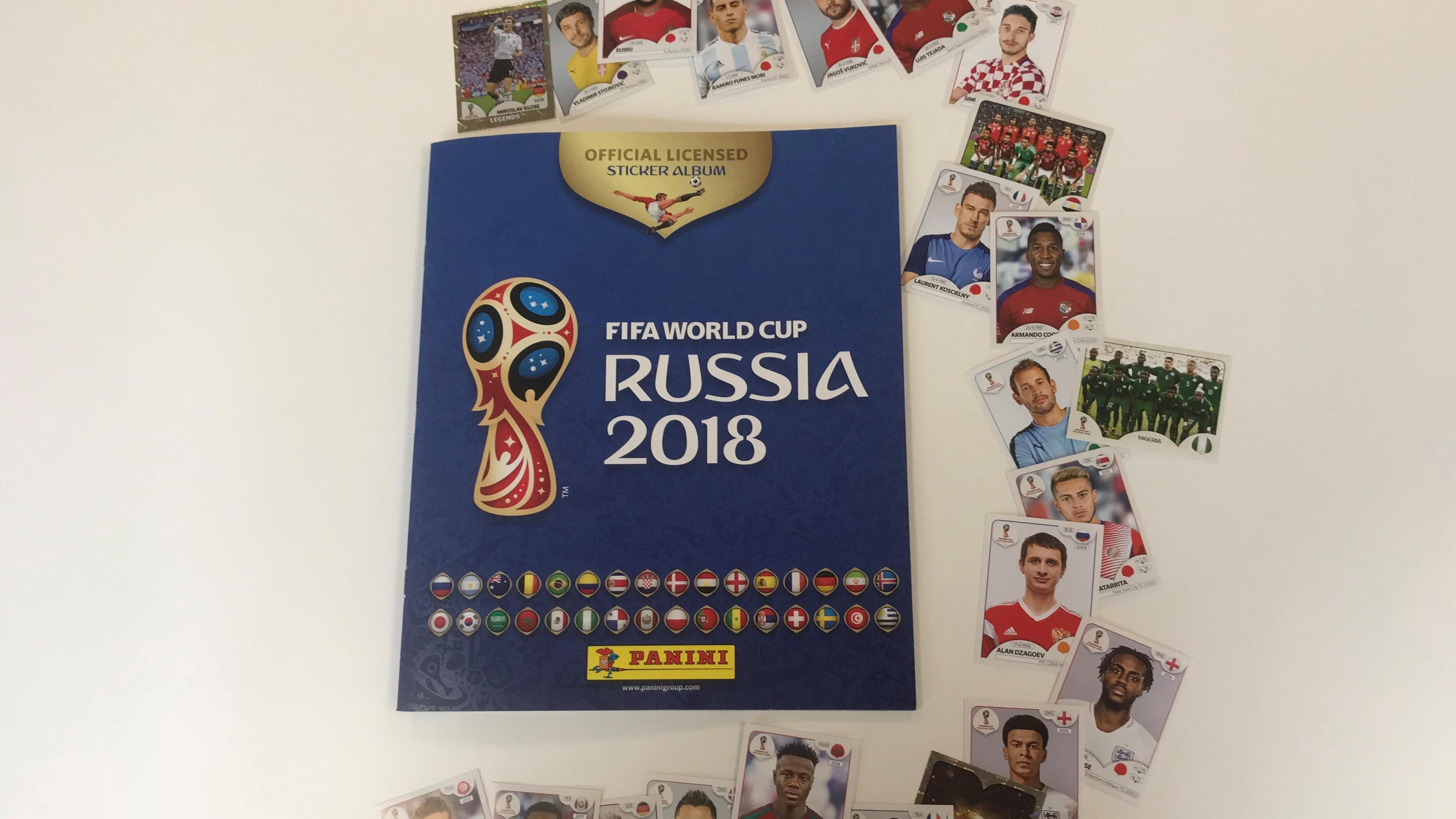
IF your child is collecting this year’s World Cup stickers, or you’re a big kid tracking them down yourself, you may want to look away now.
A leading mathematician has worked out the average cost for a single collector to complete the Panini album as a whopping £773.60.
Cardiff University’s Professor Paul Harper considered the best case scenario and the most likely cost of filling this year’s album after the Italian brand announced the cost of a pack of five stickers was increasing from 50p to 80p.
With 32 squads of players, as well as special stickers for managers, stadiums and World Cup legends, the task of completing the album is a considerable one.
The maths expert from the university’s School of Mathematics said the minimum cost of collecting all 682 stickers was £109.60, based on buying 137 packets and never getting a duplicate.
But as anyone who’s collected them knows, this is pretty much impossible.
Prof Harper then turned his attention to the more likely scenario.
He said: “The first sticker you buy is absolutely guaranteed not to be a duplicate.
“The second sticker you get has a 681/682 (99.85%) chance of being a new sticker.
“The third sticker you get has a 680/682 (99.7%) chance of being a new sticker, and so on.”
Prof Harper then added up all of the probabilities of getting a new sticker to obtain a formula, which he adjusted using conditional probabilities because the stickers come in packs of five.
His calculations showed that on average you would need to buy 4,832 stickers, or 967 packets, to complete the book, costing £773.60.
In case you hadn't realised, the PANINI 2018 FIFA World Cup™ Official Sticker Collection is out now! #GotGotNeed pic.twitter.com/1IlICbMUZl
— Panini UK & Ireland (@OfficialPanini) March 26, 2018
Prof Harper added his calculations showed that once you had only 19 stickers left to collect, you would still need to buy 483 packets of stickers to complete the album.
He said: “What is interesting is that to collect just the last 19 stickers for the book, you would still be required to buy 483 packets of stickers, or half the total number of expected packets.
“Put another way, you are only half way through when you have just 19 stickers left to collect.”
So what’s the best way to reduce the cost of a complete collection?
Well, Prof Harper says avid collectors could significantly reduce their outlay by collecting in groups.
Adding just one other person collecting and swapping can reduce the number of packets required by 30%, five players by 57% and 10 players by 68%.
However, even with 10 friends swapping it might still cost them each £247 on average to complete the album.
In 2016 Prof Harper calculated that the average cost of filling the brand’s 680-space Euro sticker book was £374, meaning the cost has more than doubled from that in 2018.
He said: “I can still recall the joy of finally completing my first Panini album as a young boy for the 1982 World Cup in Spain.
“I must have used an awful lot of pocket money to do this, as well as having generous grandparents handing over bundles of packets of stickers, coupled with tense negotiations of swapping duplicates with friends in the school playground.
“Filling an album has become progressively more expensive over the years since then, not just because there are typically more teams competing now, but because Panini have become more creative about allocating spaces.”

Enjoy the convenience of having The Sunday Post delivered as a digital ePaper straight to your smartphone, tablet or computer.
Subscribe for only £5.49 a month and enjoy all the benefits of the printed paper as a digital replica.
Subscribe